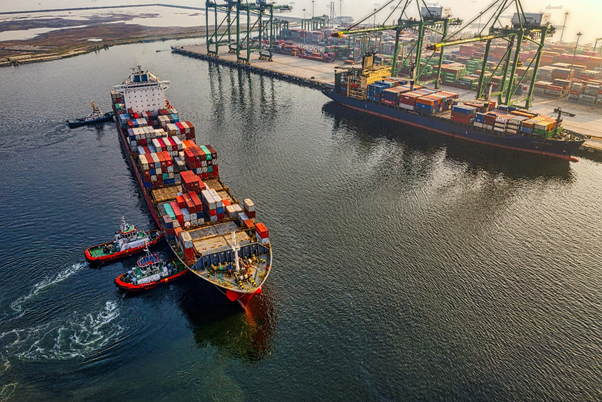Vadhvan Port Project: JNPA Uses a Modified Hybrid Annuity Model for Dredging and Reclamation Projects Worth Rs 20,647 Crore
The Jawaharlal Nehru Port Authority (JNPA) is planning to implement a revised Hybrid Annuity Model (HAM) payment structure, inspired by the model used by the National Highways Authority of India, for the coast protection, offshore reclamation, and dredging projects at the new Vadhvan Port, which would cost Rs 20,647 crore. This tailored public-private partnership (PPP) approach aims to lessen the borrowing requirements for JNPA and the Maharashtra Maritime Board while attracting private bidders. Under the landlord model, the Vadhvan Port will be constructed in two phases by Vadhvan Port Project Ltd, a joint venture in which the Maritime Board has a 26 percent interest and JNPA owns 74 percent. Nine container terminals, each 1,000 meters long, and four multifunctional berths—including one for roll-on, roll-off (Ro-Ro) ships, four for liquid cargo, a coastal berth, and a Coast Guard berth—will form part of the mega-port. However, since the port sector does not have a well-established HAM framework, JNPA is modifying the highway HAM model based on feedback from contractors during an expression of interest (EoI) process. Instead of following the NHAI’s 40:60 payment model, JNPA intends to allocate 60 percent of the project cost during the three-year construction phase, with the remaining 40 percent distributed over a 5-7 year maintenance period. “This structure aligns payments with the three-year construction timeline while also accommodating contractor needs for a shorter concession period,” an official noted, adding that maintenance dredging will be excluded from the scope due to uncertainties regarding future dredging requirements. In traditional HAM road projects, the initial 40 percent of payments is typically spread over five years, while the remaining 60 percent is paid out over a decade. JNPA’s shift to a 60:40 model responds to contractors’ demands for a higher initial payout and shorter payment timelines, effectively reducing the risk period from 15 years to 8-10 years. The modified HAM model also addresses JNPA’s immediate funding requirements, as 60 percent of the Rs 20,647 crore will only be needed during the three-year construction phase, rather than requiring the full amount upfront as in the traditional EPC model. This phased payment strategy enables JNPA to utilize its current funds while reducing financial strain. Additionally, JNPA plans to engage separate contractors for maintenance dredging as necessary, providing flexibility and preventing extra costs for private partners. Vadhvan Port Project Ltd., a respectable JNPA subsidiary, is dedicated to ensuring that contractors receive their payments on schedule, Chairman Unmesh Wagh underlined. The finalized HAM model will soon be submitted to the Ministry of Ports, Shipping, and Waterways, and subsequently to the PPP Appraisal Committee (PPPAC) for approval, with tenders anticipated to follow. Once completed in 2030, Vadhavan Port is projected to manage 23.2 million twenty-foot equivalent units (TEUs) annually. According to its design, the port can handle 298 million tonnes of cargo annually (MTPA). Additionally, this projected port is essential to India’s strategic initiatives, such as the International North-South Transportation Corridor (INSTC) and the India Middle East Europe Economic Corridor (IMEEC). Vadhavan is anticipated to become into a significant hub port in the Arabian Sea.

